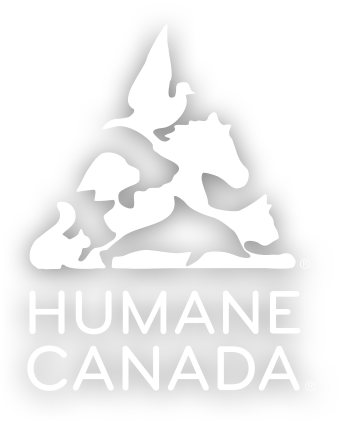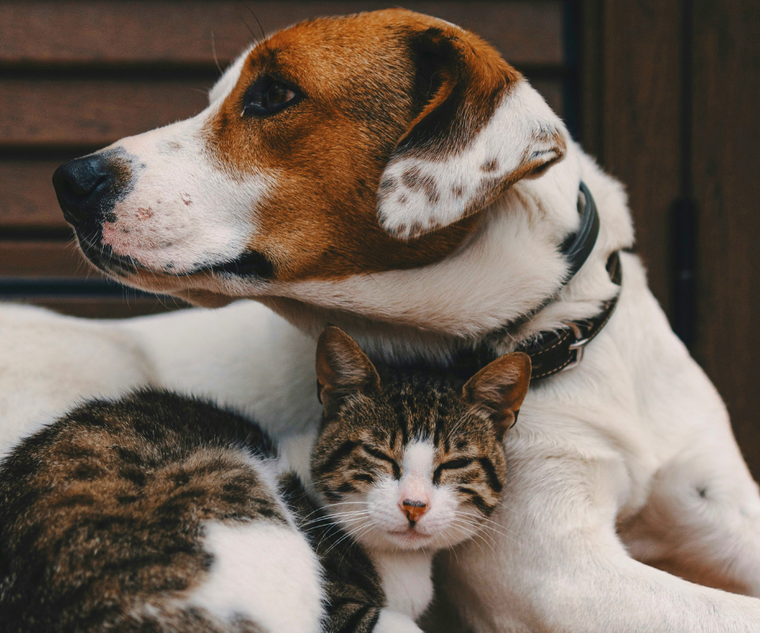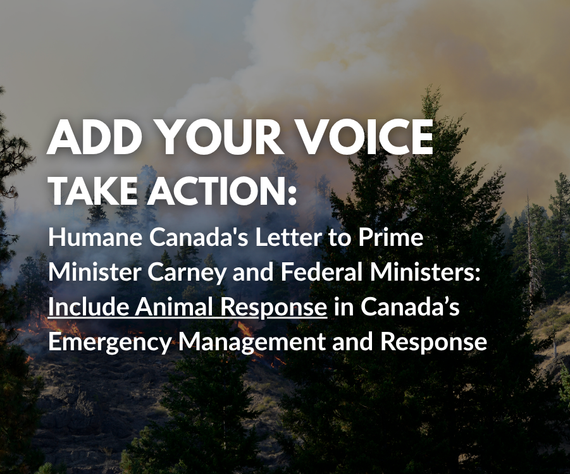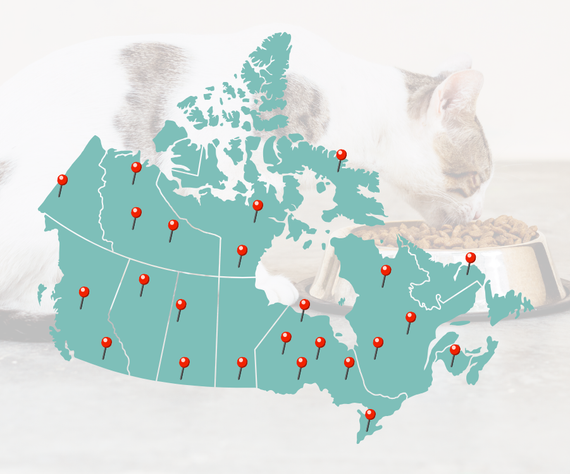News and Reports
Across Canada, animal shelters are in crisis, with some on the verge of closing their doors for good.
While pet adoptions increased significantly during the pandemic and surrenders decreased, now the opposite is true.
Although surrenders haven’t reached 2019 levels, Barbara Cartwright, CEO of Humane Canada, says it is more overwhelming post-pandemic.
Some blame this on COVID restrictions easing and less working from home, but Sharon Miko, president & CEO of the Ottawa Humane Society, says they’re not seeing a lot of that.
“People acquired an animal, developed a bond and will figure it out because they’re part of their family,” she says.
Fueling the crisis is a complicated host of issues. The type of animals arriving at shelters has changed, there’s a vet shortage and the cost of living has skyrocketed. It’s left shelters operating at capacity, with growing waitlists to bring animals in.
“It’s a perfect storm,” Cartwright says.
During COVID, shelters couldn’t keep up with the demand for animals. That saw breeding become a lucrative business, and not all were ethical or breeding for genetics.
“These animals were often in horrible conditions, so they had a poor start to life health-wise, which carries through,” Cartwright says.
During lockdowns, dogs lacked socialization. They didn’t meet other dogs or people. Training facilities were also closed, and many first-time dog owners didn’t know how to train their pet.
Those cute puppies have now grown up and don’t know how to behave appropriately, leaving owners struggling and surrendering pets with complex needs.
At shelters, accessing scarce vet care for illnesses and behaviour training means it can take months to get animals ready for adoption. Pre-pandemic, Cartwright says they were generally ready more quickly. And while one or two dogs might have needed behaviour training, now they all do.
Deanna Thompson, executive director of the Alberta Animal Rescue Crew Society, says the lack of socialization has led to more bites.
“My sister-in-law works at the children’s hospital and says the number of dog bites on kids have really gone up.”
At the BC SPCA, Adrienne McBride, senior director, community animal centres, says when vet care is hard to access, health issues can go unchecked. The vet shortage has seen care costs rise, and left clinics unable to take new patients or see them quickly.
“The other piece we’re still learning more about is this expectation that their dog would be perfect,” McBride says, as not every dog is well-suited to condo living or with animals and children.
Nobody could have predicted the current economy, the rise in vet costs or the pandemic, but Miko says in the frenzy to adopt, people often didn’t think through the lifespan of a pandemic pet or do research to ensure a breed matched their lifestyle. Some of those animals are also being surrendered.
Then there’s all the puppies. Thompson says their shelters are overrun with them, which rarely used to happen. Because people are forced to wait months to get their pets fixed, a lot of “oopsies happen.”
Some clinics now charge $1,500 for the procedures, so others just can’t afford them.
In British Columbia, McBride says pre-pandemic, a litter of puppies was so rare, there’d be a line out the door for them, and they’d be adopted as soon as they became available.
“Now, it takes a few weeks. There’s not the same onslaught of excitement or applications.”
The collapse in demand and profits means dogs used for pandemic breeding are being surrendered, including purebred small breeds not typically found in shelters.
Increased costs have negatively impacted their already marginal living conditions, so they often arrive in rough shape.
2023 started off well
Thompson says she started 2023 feeling optimistic, but by March, inflation saw things get progressively worse.
In addition to fewer adoptions, fostering, volunteerism and donations have also declined as living costs rose. People want to volunteer, but some can’t even afford the gas to get them to the shelter, so additional staff must be hired to provide the care volunteers used to.
Deanna Thompson Exec. Director, Alberta Animal Rescue Crew Society I feel like I’m standing in a room screaming and nobody’s listening. Shelters across the country are in crisis, and we’re just not seeing the response,
“We were making headway before the pandemic. Now I feel we’ve gone back 10 years.”
Longer stays can see animals get worse over time, which weighs heavily on shelter staff. Day after day, they take calls from people looking to surrender animals when there’s no capacity to take them.
“Saying no to an animal in need is really difficult. We do this work because we love animals and want good outcomes for them,” McBride says.
“I worry we’ll lose good people because the job is getting harder.”
Shelters working to help keep pets at home
Many shelters have or fund food banks, and they’ve seen a massive uptake in use. When struggling families are faced with a $6,000 surgery, Miko says they work to look at different options, be it family and friends or possible payment options.
McBride believes part of the solution is going back to basics: spay or neuter your pet, and adopt, don’t shop.
“There’s a hopeful part of me that knows we’ve solved this before and reduced the number of animals coming in. We can do that again and probably faster given what we’ve learned the last 40 years.”
In addition to creating more spots in veterinary schools and helping to subsidize vet care, Cartwright says all levels of government must start funding the critical community service shelters provide. Without them, it becomes a public health and animal welfare issue, as packs of dogs will roam the streets, spreading disease.
“All levels of government benefit from humane societies and SPCAs delivering this service, but it’s simply not recognized,” Cartwright says.
Instead, they’ve ignored animal welfare.
She says legislation is needed to end sub-standard breeding and puppy mills, something Ontario has recently introduced.
Miko says municipal regulation can do better in targeting the root causes of problems, including better licensing for animals and pet shops, and better enforcement of care standards.
“A rabbit overpopulation is one of the biggest animal welfare challenges in Ontario,” she says. “Why are we allowing pet shops to adopt out unsterilized rabbits and people to indiscriminately breed them?”
McBride lives in Kelowna, where wildfires forced evacuations this past summer. She says in times of emergency, government agencies understand pets are part of a community’s fabric, and that support systems have to be in place for displaced people to care for them.
“But that doesn’t translate to day-to-day policymaking,” she says, pointing to residential tenancy laws that allow landlords to prohibit pets, which, in a housing crisis, leaves some with no choice but to surrender their animals.
Although it’s a worrying time, Miko says 20 years ago, things were worse — people didn’t see pets the same way and turned a blind eye to what happened in shelters.
Today, people care and expect more when it comes to animal welfare.
“That should be our light. Together we can come out of this.”






